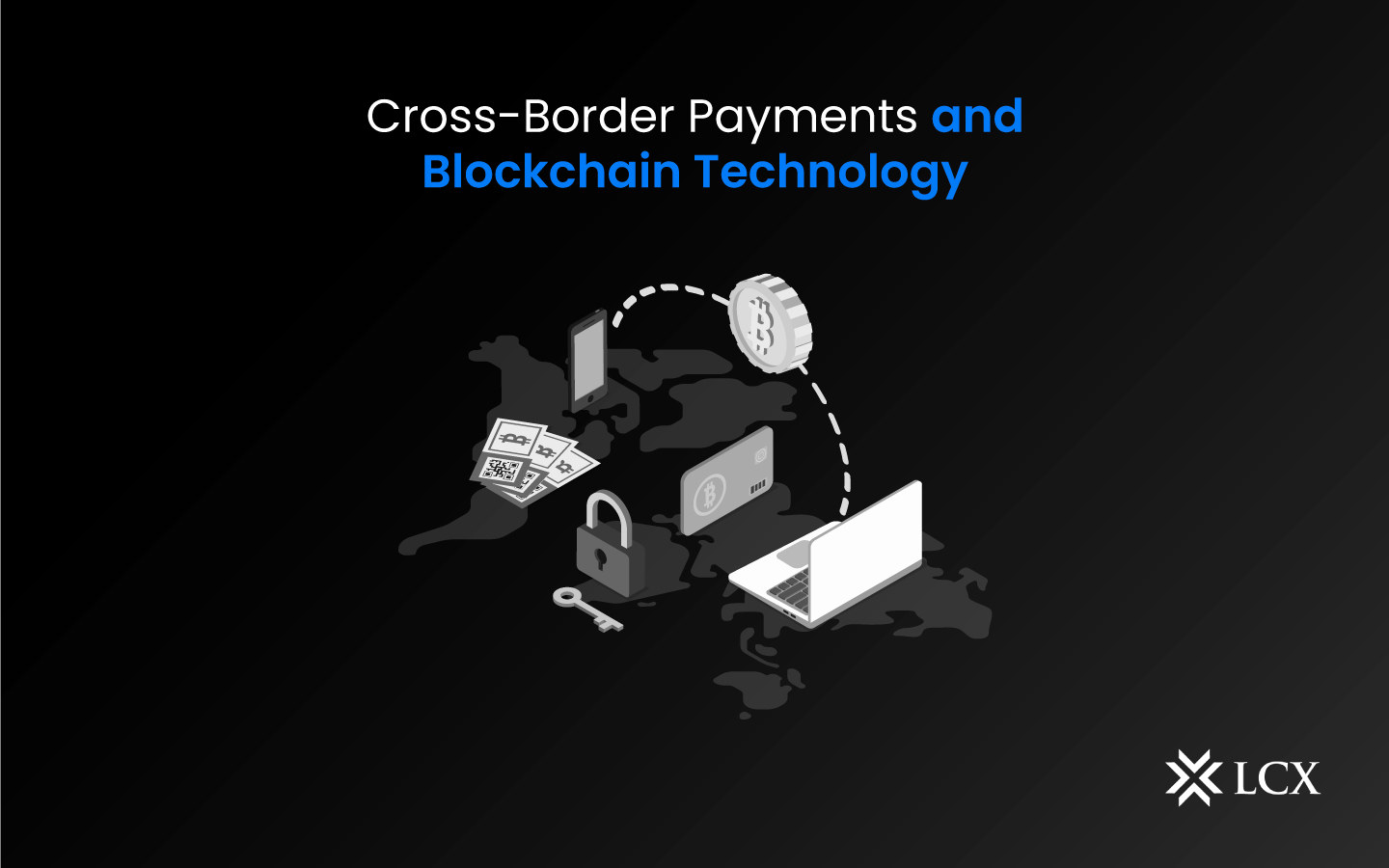Blockchain and Cross-Border Payments

- Understanding Blockchain Technology
- The Impact of Blockchain on Cross-Border Payments
- Challenges and Opportunities in Cross-Border Payments with Blockchain
- Regulatory Considerations for Blockchain in Cross-Border Payments
- Improving Efficiency and Security in Cross-Border Payments with Blockchain
- Future Trends in Blockchain Technology for Cross-Border Payments
Understanding Blockchain Technology
Blockchain technology is a decentralized, distributed ledger system that enables secure and transparent transactions without the need for intermediaries. It is the underlying technology behind cryptocurrencies like Bitcoin and Ethereum, but its applications extend far beyond digital currencies.
One of the key features of blockchain technology is its ability to create a tamper-proof record of transactions that is shared across a network of computers. Each transaction is verified by multiple participants in the network, making it virtually impossible to alter or manipulate the data. This level of security and transparency makes blockchain an ideal solution for cross-border payments, where trust between parties is often a challenge.
By using blockchain technology for cross-border payments, financial institutions can streamline the process, reduce costs, and increase the speed of transactions. Because blockchain operates on a peer-to-peer network, transactions can be completed in real-time, eliminating the need for intermediaries like banks or payment processors. This not only speeds up the transfer process but also reduces the fees associated with traditional payment methods.
Furthermore, blockchain technology allows for greater transparency in cross-border payments, as all transactions are recorded on a public ledger that can be accessed by anyone on the network. This level of transparency helps to prevent fraud and ensures that payments are processed accurately and efficiently. Additionally, the use of smart contracts on the blockchain can automate the payment process, ensuring that funds are transferred only when certain conditions are met.
Overall, blockchain technology has the potential to revolutionize cross-border payments by making transactions faster, more secure, and more cost-effective. As more financial institutions and businesses adopt blockchain technology, the global payment landscape is likely to become more efficient and transparent, benefiting both consumers and businesses alike.
The Impact of Blockchain on Cross-Border Payments
Blockchain technology has revolutionized cross-border payments by providing a secure, transparent, and efficient way to transfer funds internationally. The impact of blockchain on cross-border payments is significant, as it eliminates the need for intermediaries, reduces transaction costs, and speeds up the settlement process.
One of the key benefits of blockchain in cross-border payments is its ability to provide real-time tracking of transactions, allowing for greater visibility and security. This increased transparency helps to reduce the risk of fraud and errors, making cross-border payments more reliable and secure.
Furthermore, blockchain technology enables cross-border payments to be processed 24/7, without the need for banking hours or delays due to time zone differences. This round-the-clock availability ensures that payments can be made quickly and efficiently, regardless of where the sender and recipient are located.
In addition, blockchain technology allows for the use of smart contracts, which are self-executing contracts with the terms of the agreement directly written into code. Smart contracts automate the payment process, ensuring that funds are transferred only when certain conditions are met, reducing the risk of disputes and delays in cross-border transactions.
Challenges and Opportunities in Cross-Border Payments with Blockchain
When it comes to cross-border payments, blockchain technology presents both challenges and opportunities. One of the main challenges is the regulatory environment, as different countries have varying regulations regarding cryptocurrencies and blockchain technology. This can make it difficult to navigate the legal landscape and ensure compliance when conducting cross-border transactions.
On the other hand, blockchain technology offers opportunities to streamline cross-border payments by eliminating intermediaries and reducing transaction costs. By using smart contracts, payments can be automated and executed more quickly than traditional methods. This can lead to faster settlement times and lower fees for businesses and individuals alike.
Another challenge in cross-border payments with blockchain is scalability. As more transactions are processed on the blockchain, the network can become congested, leading to slower transaction times and higher fees. This scalability issue needs to be addressed to ensure that blockchain technology can handle the volume of cross-border payments efficiently.
Despite these challenges, there are opportunities for innovation in cross-border payments with blockchain. For example, blockchain technology can provide greater transparency and security for transactions, reducing the risk of fraud and errors. Additionally, blockchain can enable cross-border payments to be made in real-time, improving the overall efficiency of the payment process.
Regulatory Considerations for Blockchain in Cross-Border Payments
When it comes to regulatory considerations for blockchain in cross-border payments, there are several key factors that need to be taken into account. One of the main challenges is ensuring compliance with existing financial regulations in different countries. This can be a complex process, as regulations can vary significantly from one jurisdiction to another.
Another important aspect to consider is the privacy and security of cross-border payments conducted using blockchain technology. While blockchain is known for its security features, there are still concerns about the potential for fraud and cyber attacks. It is essential to implement robust security measures to protect transactions and user data.
Additionally, regulators are also concerned about the use of blockchain for money laundering and terrorist financing. Blockchain can provide a high level of anonymity, making it attractive to criminals looking to move funds across borders. Regulators need to work closely with financial institutions and technology providers to develop compliance mechanisms that can help prevent illicit activities.
Improving Efficiency and Security in Cross-Border Payments with Blockchain
Blockchain technology has the potential to revolutionize cross-border payments by improving efficiency and security. By utilizing blockchain for cross-border transactions, financial institutions can streamline the process and reduce costs associated with traditional methods. The decentralized nature of blockchain ensures that transactions are secure and transparent, reducing the risk of fraud and errors.
One of the key benefits of using blockchain for cross-border payments is the elimination of intermediaries. With blockchain, transactions can be completed directly between parties, cutting out the need for banks or other third parties to facilitate the transfer. This not only speeds up the process but also reduces fees and delays that can occur with traditional payment methods.
Additionally, blockchain technology allows for real-time settlement of cross-border transactions, eliminating the need for lengthy processing times. This means that funds can be transferred instantly, providing greater convenience for businesses and individuals alike. The immutability of blockchain also ensures that transaction records are secure and cannot be altered, providing an added layer of security.
Future Trends in Blockchain Technology for Cross-Border Payments
As blockchain technology continues to evolve, there are several future trends that are expected to impact cross-border payments significantly. These trends are poised to revolutionize the way transactions are conducted across borders, offering increased efficiency, security, and transparency.
- 1. **Interoperability**: One of the key trends in blockchain technology for cross-border payments is the focus on interoperability. This means that different blockchain networks will be able to communicate and transact with each other seamlessly, allowing for more efficient cross-border payments.
- 2. **Scalability**: Another important trend is the focus on scalability, as blockchain networks look to handle a larger volume of transactions without compromising speed or cost. This will be crucial for cross-border payments, which often involve large sums of money that need to be transferred quickly.
- 3. **Regulatory Compliance**: With increased scrutiny from regulators around the world, blockchain technology for cross-border payments will need to prioritize regulatory compliance. This includes implementing measures to ensure that transactions are secure, transparent, and in line with relevant laws and regulations.
- 4. **Tokenization**: Tokenization is another trend that is expected to impact cross-border payments, as more assets are digitized and represented as tokens on blockchain networks. This will make it easier to transfer assets across borders and settle transactions more efficiently.
- 5. **Smart Contracts**: Smart contracts, which are self-executing contracts with the terms of the agreement directly written into code, will also play a significant role in the future of cross-border payments. These contracts can automate and streamline the payment process, reducing the need for intermediaries and potential errors.
Overall, the future of blockchain technology for cross-border payments looks promising, with these trends set to drive innovation and improve the efficiency of international transactions. By embracing these trends, businesses and individuals can expect faster, more secure, and more cost-effective cross-border payments in the years to come.






